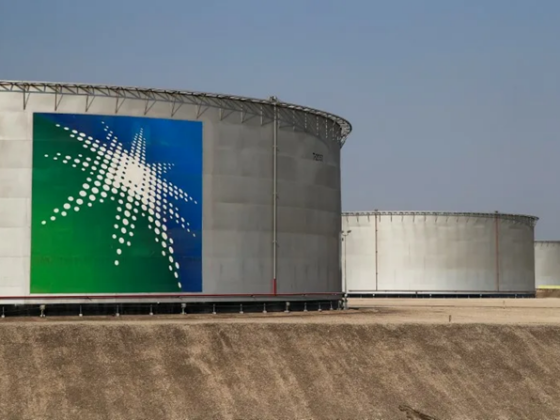China, where about 20% of the world’s population lives, has only 8% of the planet’s arable land, therefore it is a leader in the purchase and lease of land in other states. The African continent is full of Chinese farms: in the Republic of Congo, the Chinese grow cabbage, in Angola the Chinese mines fish, and in mosambica harvest sesamera, cashew and peanuts.
This will surprise you, but at the same level with China in the purchase and rental of other people’s lands there is the United States and Great Britain, while Russia, on the contrary, mainly sells its lands for other people’s needs. Although our Land Code, which you can familiarize ourselves in more detail on the website of the electronic fund of legal and regulatory and technical documentation of the technical experts, are very difficult and there are restrictions for foreigners, the acquisition of land plots in Russia by foreign citizens and companies is possible. Although in Russia, agricultural lands cannot be sold to foreigners – just lease.
Researchers of the University of Lund in Sweden discovered that most countries of the world are buying or selling lands (this is 126 camp from 195 camps of the world). But only China, Great Britain and the USA dominates the market.
World Earth trade reflects the difference between rich and poor regions. With some exceptions, the more developed countries of North America and Europe, as well as the countries where the economy in Asia and exporters of oil in the Middle East is developing – these are buyers in the global land market. And countries that sell or rent their land are poor countries in Africa, South America, Southeast Asia and Eastern Europe.
China is the most active country in the world in the market of international purchase of land – buys from 33 countries and sells only three. USA in second place – sells three countries and buys from 28 countries. Great Britain buys land from 30 countries, but does not sell anything to anyone.
The following most active countries of the list are Brazil, Australia and Ethiopia. All of them mainly only sell land, although Australia and Brazil are also buying. Argentina, Filipins, Sudan, Madagascar, Mozambique and Tanzania also mainly sell lands in more than buying. Singapore, the Netherlands and Saudi Arabia (densely populated regions with a limited number of agricultural lands) only buy. Germany only buys (from 20 countries of the world).
Russia buys land in two countries, but sells 14 countries.
The sizes of sites that are sold and bought in the international market are small, but they are not insignificant. The number of agricultural lands that are sold and bought will increase because the number of people is growing, and resources decrease (in particular, water and natural resources for growing food).
Buying land abroad is what some experts call virtual trade. This name appeared due to the fact that countries with the help of land can acquire a set of goods and services that are not sold and do not buy at the international level. Thus, a country that has a small amount of its own fresh water “imports” it through the purchase of reservoir crops and products, such as meat and paper.
Virtual trade can be a very good thing. It can allow countries to specialize in products for which they do not have the necessary resources. Countries with an abundance of agricultural land, such as Brazil, USA, Australia and even Russia, can help feed the whole world and will be financially rewarded for this.
But there are disadvantages of land trade at the international level. This can lead to poor use of the internal natural resources of the region. This is one of the reasons why people protested against the export during the drought from California almonds and pistachios, for the cultivation of which a lot of water is required (these are reservoir cultures).
Virtual trade also increases the risk that rich countries will capture the resource market, due to which poor countries survive. In addition, land development can affect the biodiversity, increase in carbon dioxide emissions and wider use of water.
Given the growth of the population of the planet and the real threat of climatic changes, it is not difficult to assume that the number of lands that some countries sell others will increase in the future.


